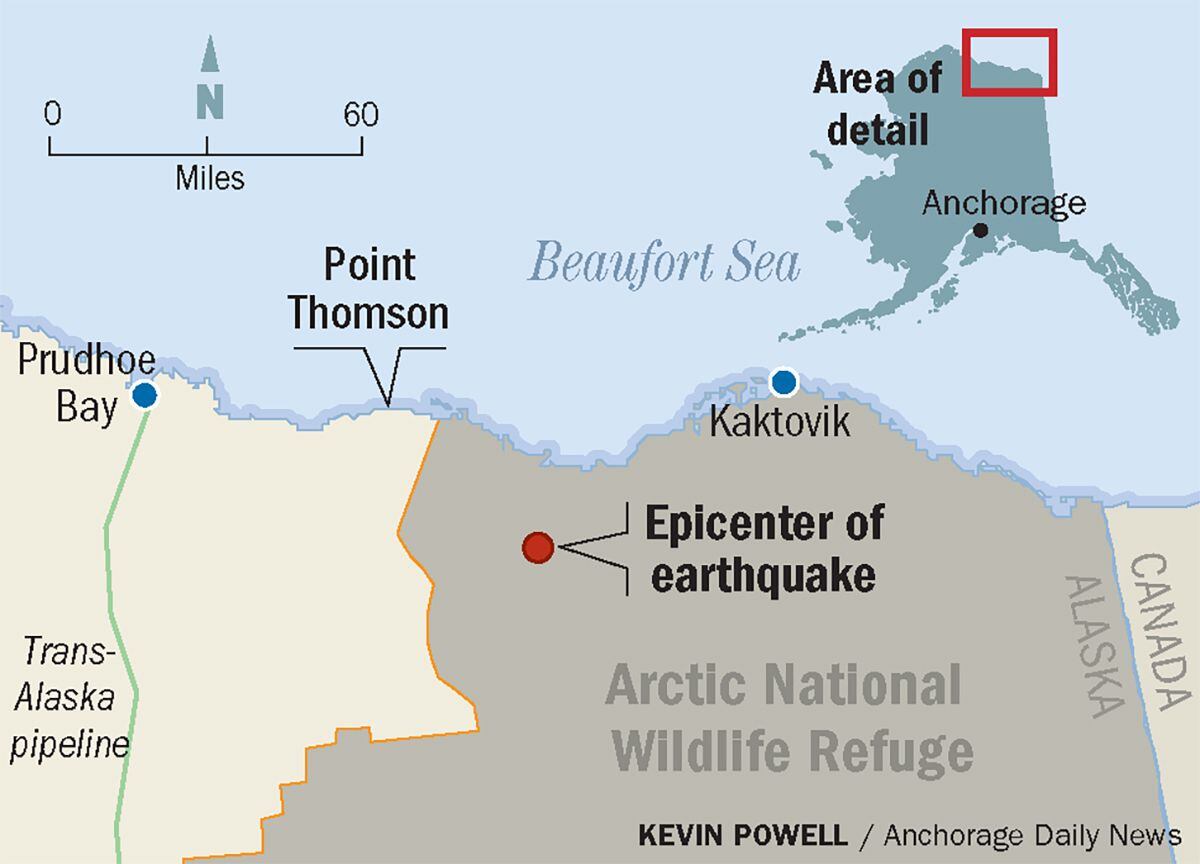The number of major earthquakes, like the magnitude-7 one that devastated Haiti in 2010, seems to be correlated with minute fluctuations in day length.
|
Sloshing of Earth’s core may spike major earthquakes
SEATTLE—The world doesn’t stop spinning. But every so often, it slows down. For decades, scientists have charted tiny fluctuations in the length of Earth’s day: Gain a millisecond here, lose a millisecond there. Last week at the annual meeting of the Geological Society of America here, two geophysicists argued that these minute changes could be enough to influence the timing of major earthquakes—and potentially help forecast them.
During the past 100 years, Earth’s slowdowns have correlated surprisingly well with periods with a global increase in magnitude-7 and larger earthquakes, according to Roger Bilham of the University of Colorado (CU) in Boulder and Rebecca Bendick at the University of Montana in Missoula. Usefully, the spike, which adds two to five more quakes than typical, happens well after the slow-down begins. “The Earth offers us a 5-years heads up on future earthquakes, which is remarkable,” says Bilham, who presented the work.
....
Seismologists aren’t used to thinking about the planet’s core, buried 2900 kilometers beneath the crust where quakes happen. But they should, Bilham said during his talk here. The core is “quite close to us. It’s closer than New York from here,” he said.______________________________________________________________________
A Large swath of earthquakes hit the Pacific's "Ring of Fire" earlier this week, prompting some to wonder if it is a precursor to the oft-discussed massive earthquake, colloquially known as "the Big One."
Sixty-nine earthquakes, including 16 tremors registering 4.5 or above on the Richter scale, recently hit the area known as the "Ring of Fire," according to the U.S. Geological Survey, which recorded the events, but did not issue a warning.
A magnitude 6.3 earthquake struck Wednesday night off Alaska's Aleutian Islands.The quake occurred in the remote Andreanof Islands region of Alaska, but was felt almost 70 miles away in Adak. It had a depth of about 7 miles.
There were no reports of any injuries or damages. Last week, a 6.6 quake shook the region, about 75 miles southwest of Adak.
__________________________________________________________________
6.4 earthquake hits northeast Alaska. It was the strongest quake ever recorded in the region.
Author:
Updated: August 13
Published August 12
A powerful earthquake 7.0 has struck near Bali, Indonesia, affecting high-traffic tourist areas and prompting a tsunami warning. While officials have since lift...
See MoreContributing sources:
http://www.sciencemag.org/news/2017/10/sloshing-earth-s-core-may-spike-major-earthquakes
https://www.msn.com/en-us/weather/topstories/big-one-talk-swirls-as-69-massive-earthquakes-hit-the-pacifics-ring-of-fire-in-48-hours/ar-BBMhYpm?li=BBnb7Kz&OCID=ansmsnnews11
USGS Government Significant Earthquakes Map
https://www.msn.com/en-us/weather/severeweather/earthquakes










No comments:
Post a Comment